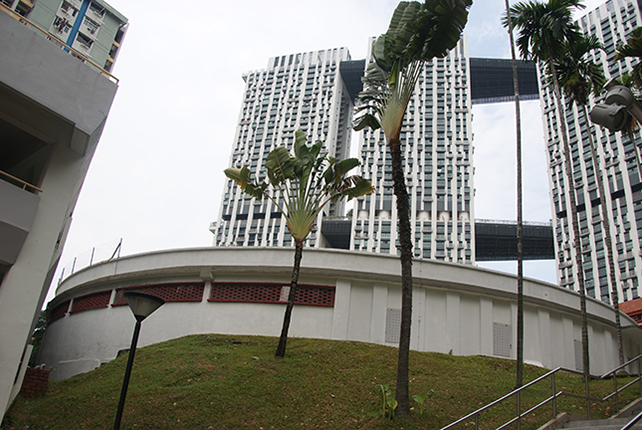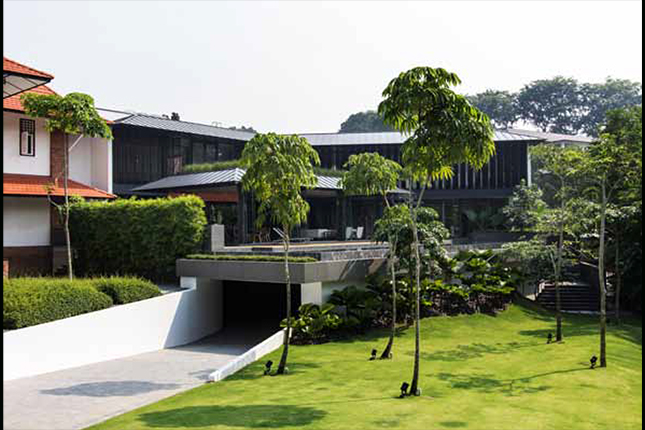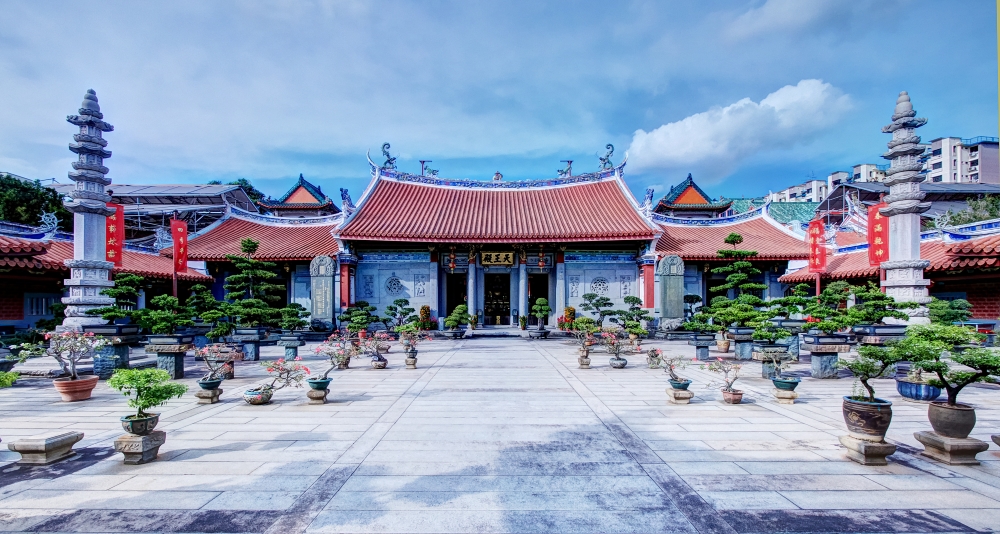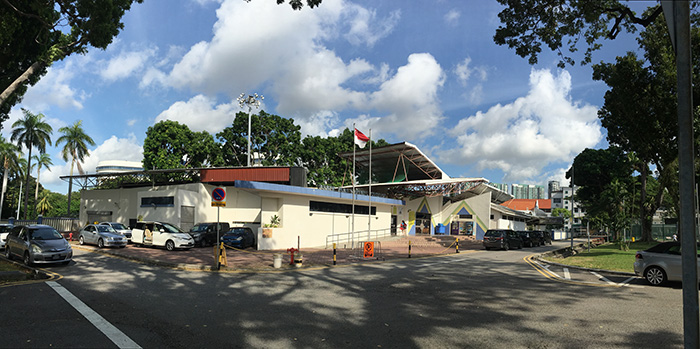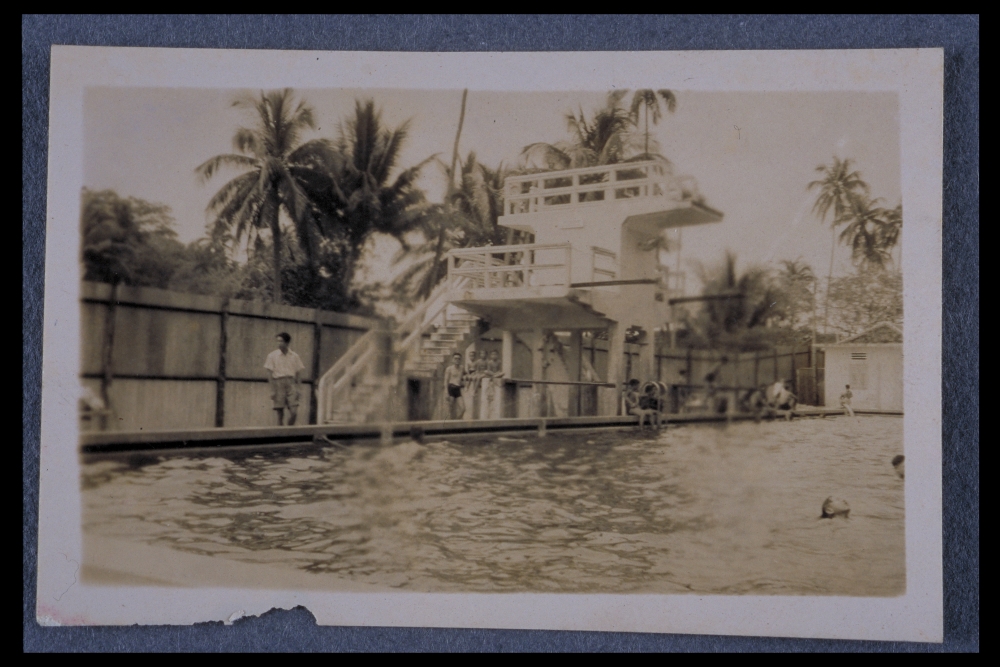A single-storey “C”-shaped Art Deco building is all that remains of Yan Kit Swimming Complex — once the nation’s largest and most up-to-date swimming venue. Closed in 2001, it is best remembered for its unique architectural form and coloured mosaic tiles.
Sitting in the shadow of the Pinnacle@Duxton, the now-defunct Yan Kit Swimming Complex is undergoing redevelopment into a community sports facility at the time when this article was written in early 2020. The original single-storey C-shaped building remains at the entrance of the site.
Constructed at the cost of $513,000, the complex opened in 1952 — making it the nation’s second public swimming pool complex, as well as the largest and most up-to-date then. Close to 15,000 square metres of land were dedicated to the complex — furnished with three contiguous pools, amenities such as a clubhouse, shower rooms, refreshment kiosks and children’s paddling pool.
The complex was opened to the public in 1953 — with an entrance fee of 10 cents for swimmers under 18 years old and 15 cents for adults. In its heyday, the immensely popular pools were standing room only, and a two-hour time limit was imposed on the swimmers.
The Art Deco architecture style of the building is represented through the building’s flat concrete roof, curved walls which are interspersed with round windows and perforated blocks, and the slim circular columns with conical capitals that hold up a protracted veranda.
Other unique architectural details augmented its charm. A mural of sea creatures added a decorative touch to the plain outer walls of the changing room facility. Additionally, the pools had subtly curved sides, which traced the contours of a former railway track, as well as pale-yellow tiles within, and mosaic tiles — in cream, maroon, and pale green — without.
The complex eventually closed its doors in 2001, due to a decline in attendance, coupled with an increase in maintenance costs. As subsequent efforts to privatise it in 2005 proved unsuccessful, the pools were ultimately backfilled and grassed over in 2011. As of early 2020, the site is undergoing redevelopment works.
Buildings and sites featured on Roots.SG are part of our efforts to raise awareness of our heritage; a listing on Roots.SG does not imply any form of preservation or conservation status, unless it is mentioned in the article. The information in this article is valid as of December 2019 and is not intended to be an exhaustive history of the site/building.




